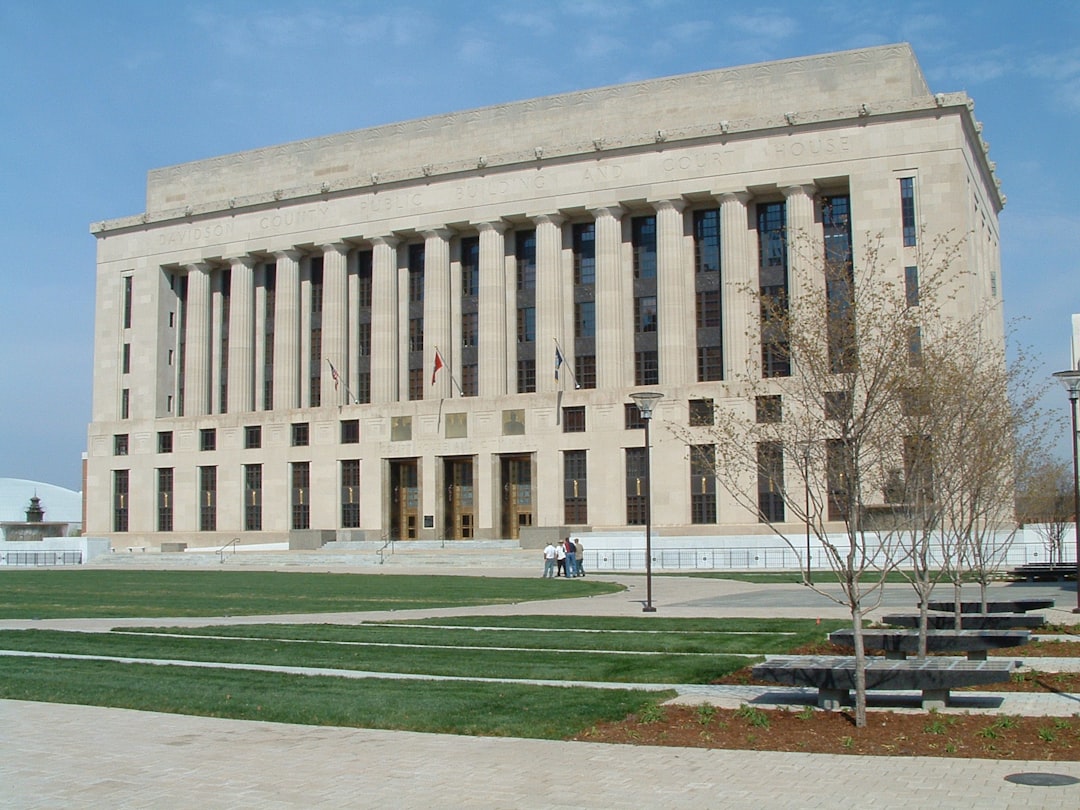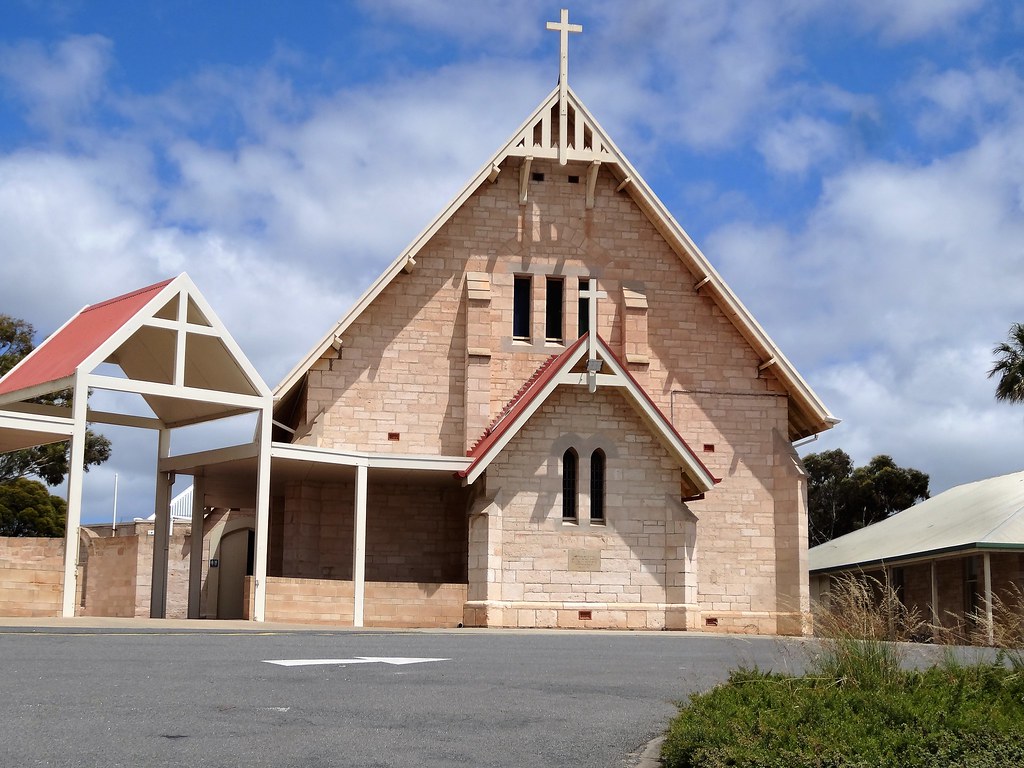A Court Hanging in the Balance (Image Credits: Unsplash)
Pennsylvania – Tension hangs thick in the air this November eve, with voters on the cusp of a decision that echoes through courtrooms and beyond.
A Court Hanging in the Balance
Imagine a state’s highest court frozen in indecision, cases piling up unresolved. That’s the stark warning from inside Pennsylvania’s judiciary as three Democratic justices face retention votes tomorrow. These aren’t your typical sleepy retention elections; this one crackles with national attention because the outcome could tip the scales dramatically.
The court currently sits at five Democrats to two Republicans. If voters say no to all three incumbents, vacancies would linger until special elections in 2027, leaving the bench shorthanded and prone to ties. Justice David Wecht didn’t mince words in a recent interview, calling such a scenario disastrous for a swing state like Pennsylvania.
Retention votes usually sail through with ease, but this time feels different. Past elections saw justices hold on with over 70% support, yet whispers of controversy around past rulings have stirred the pot.
Who Are the Justices Up for Renewal?
Christine Donohue, Kevin Dougherty, and David Wecht have served their 10-year terms and now seek another decade. Donohue joined in 2016, bringing a background in appellate work. Dougherty, appointed in 2015, hails from Philadelphia’s legal scene, while Wecht, elected that same year, specializes in complex civil matters.
Each has been part of landmark decisions on everything from election laws to environmental protections. Critics point to their roles in extending mail-in ballot deadlines in 2020 and upholding COVID restrictions, fueling calls for change. Supporters argue their progressive stance safeguards rights in a divided state.
Voters mark yes or no on the ballot – no opponents, just a simple thumbs up or down. A no vote triggers the governor to nominate replacements, but partisan gridlock could delay fillings for months or years.
The Nightmare of a Shorthanded Supreme Court
Picture this: a six-justice court deadlocking 3-3 on critical issues, pushing decisions to lower courts or leaving them in limbo. Pennsylvania has been here before, briefly operating with one vacancy, and it wasn’t pretty – cases stalled, workloads ballooned. Now, three open seats could mean constant 2-2 splits on a five-justice panel.
Wecht highlighted the chaos in his NBC News chat, noting how even minor shortages amplified divisions. Major rulings on gerrymandering, school funding, and abortion access could grind to a halt. For a state pivotal in national politics, this isn’t just inconvenient; it’s a recipe for uncertainty.
Historically, only one justice has ever failed retention in Pennsylvania, back in 2005. But with low expected turnout – far below presidential levels – this vote might hinge on a motivated few.
Key Issues at Stake in This Election
The court’s ideological lean could shift, affecting hot-button topics. Voting rights top the list, with past decisions shaping how ballots are counted and challenges handled. Environmental cases, like those challenging fracking regulations, might see a more conservative tilt if replacements lean right.
Abortion access remains a flashpoint too, especially post-Roe. A deadlocked court could delay rulings, leaving policies in flux. Here’s a quick rundown of potential ripple effects:
- Voting procedures: Easier or stricter rules for mail-ins and deadlines.
- Education funding: Ongoing fights over fair school resources.
- Criminal justice: Impacts on sentencing and appeals.
- Labor laws: Protections for workers versus business interests.
- Redistricting: Drawing lines for future elections.
Why Turnout Could Make or Break It
November 4 is a municipal election year, so expect lighter crowds at the polls – maybe 20-30% turnout compared to 2024’s frenzy. Democrats currently lead in mail-in requests by more than two-to-one, which could favor retention. Republicans are rallying hard, urging no votes over pandemic-era shutdowns and 2020 election calls.
Groups on both sides pour in ads and mailers, framing this as a battle for the state’s soul. If conservatives mobilize effectively, they could flip the script, setting up a Republican majority by 2028. Yet apathy might let the status quo slide through unchallenged.
Polls close at 8 p.m., with results trickling in overnight. Early signs from urban areas like Philly and Pittsburgh will hint at the tide.
National Eyes on a State Showdown
This isn’t just Pennsylvania’s fight; it’s a preview for 2026 midterms. A conservative shift here could embolden similar pushes elsewhere, reshaping judicial battles nationwide. Think about it: a deadlocked court means federal courts might step in more often on state matters.
Experts watch closely, noting how retention votes rarely draw fire but do when ideology clashes. For now, the commonwealth holds its breath, knowing tomorrow’s choices echo for a decade.
Comparisons to other states highlight the rarity – most use partisan elections, but Pennsylvania’s system aims for merit over politics, though this vote tests that ideal.
| Current Court | Potential Post-Vote |
|---|---|
| 5 Democrats, 2 Republicans | 2 Democrats, 2 Republicans (if all rejected, short-term) |
| Full 7 justices | 4-5 justices, prone to ties |
Key Takeaways
- A no vote on all three could leave the court unable to decide major cases for years.
- Impacts span voting, environment, and rights – far beyond state lines.
- Low turnout means every voice counts; check your ballot for the retention questions.
In the end, Pennsylvania’s voters hold the gavel – will they preserve the balance or risk a judicial logjam? What do you think the outcome means for the Keystone State? Share in the comments below.






